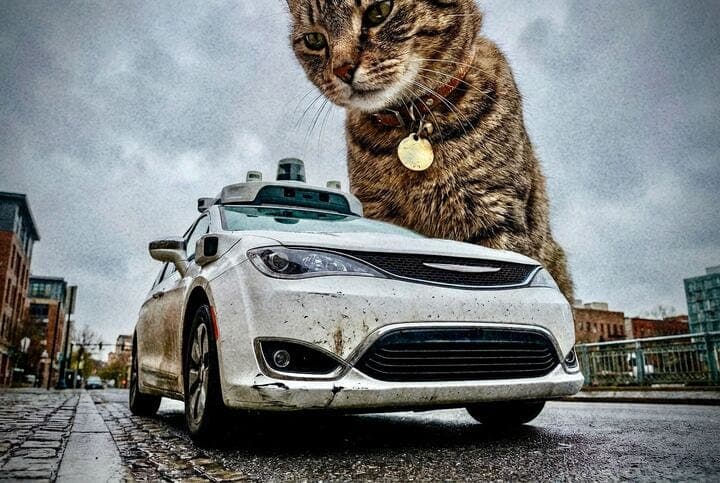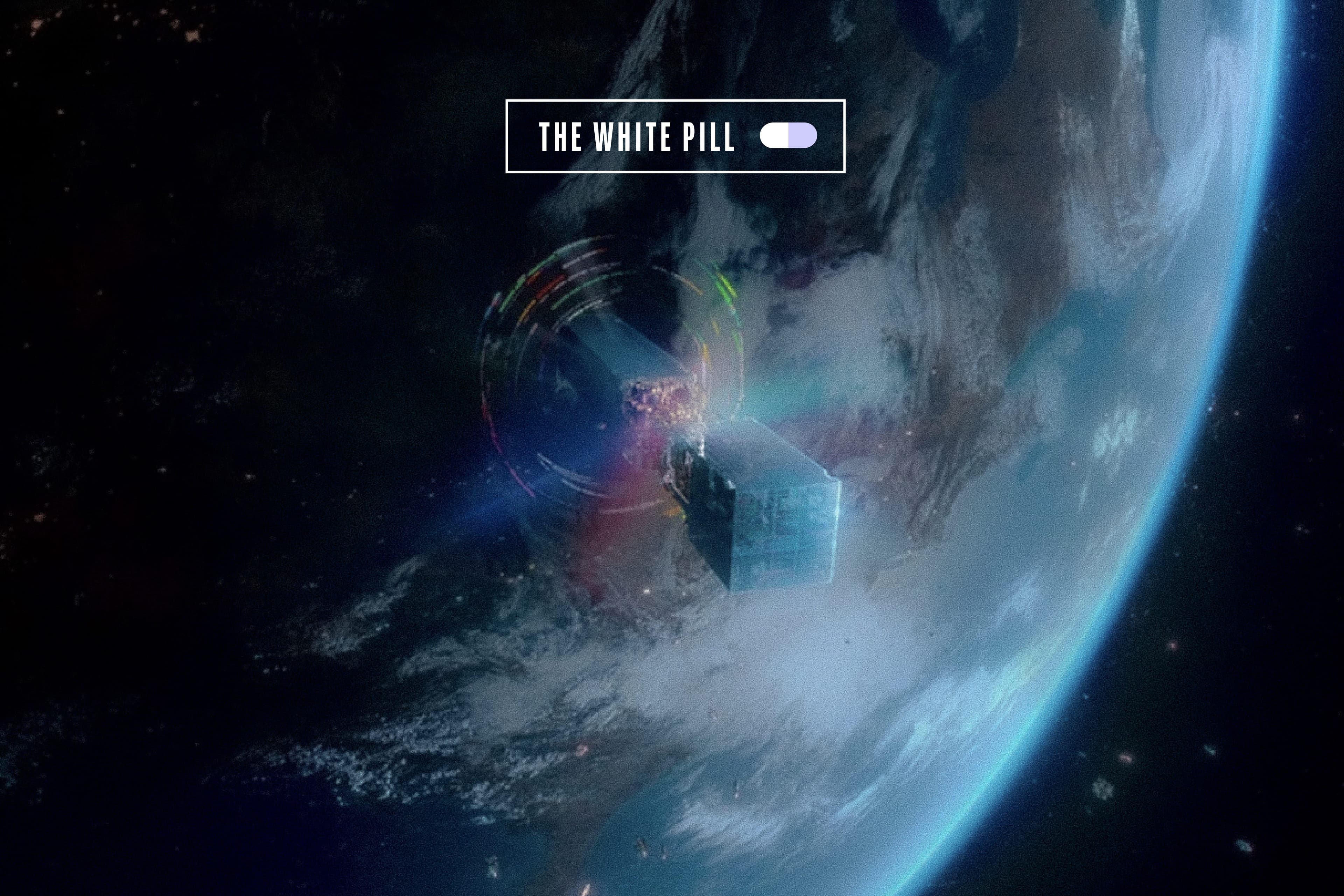
No, We Shouldn’t Ban Waymos Over a CatDec 12
on kitkat, the beloved sf feline who was run over by an autonomous vehicle, and jackie fielder, the pandering sf politician who now wants to ban the vehicles altogether
Jul 22, 2023

Reader, I’m here to tell you that we have the most fun, thrilling, excellent White Pill for you yet (how do these just keep getting better and better?). In our 15th edition of the world’s most evocative and mind-bending newsletter covering space, energy, engineering, medicine, and tech, it’s great news all the way down. In our Excellent News section, we have a commercial-scale geothermal energy breakthrough. In our section on space, the Hubble captures boulders escaping the surface of an asteroid we smashed a spacecraft into, and a study argues for an evocative and lonely theory on rogue planets, among a bunch of other items. We have Cybertruck updates, CRISPR forests, and more in our Engineering and Computing section, and in the Medicine section, developments in MRI tech and brittle diabetes, among others. As always, fun stuff at the end, and the White Pill Investment Index in the middle.
Love you guys — enjoy.